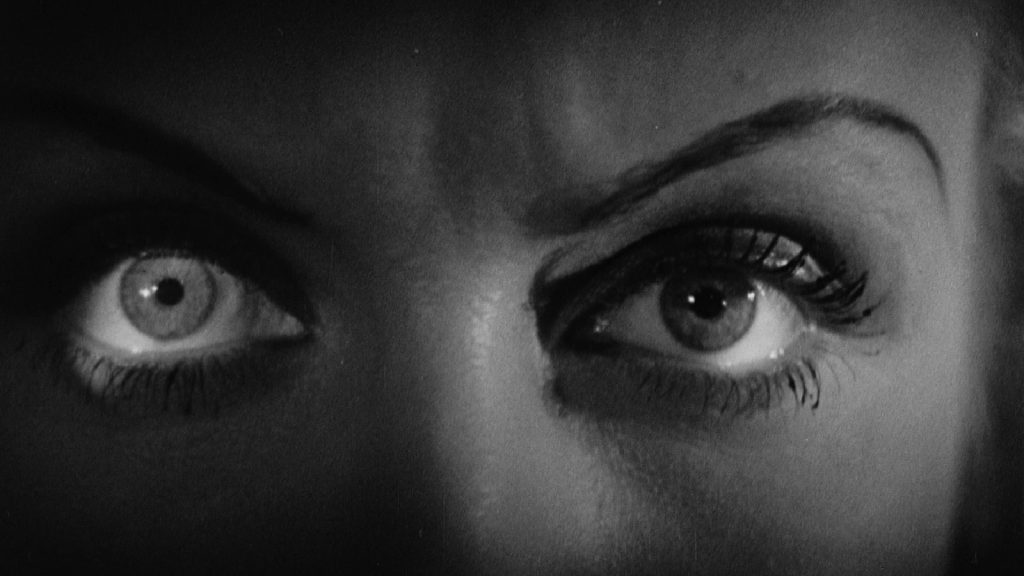
There is a particular allure to the silent horror movie—the sense that, as a viewer, you haven’t merely stumbled upon something but perhaps you’ve unearthed it. As the years pass, cinema itself seems more and more like a relic, and we are the antiquaries digging it up and doing our best to keep it alive. Danish director Benjamin Christensen’s 1922 Häxan remains one of the strangest, most unsettling, and often most amusing horror films of the era, a movie that still feels unlike any other for its willingness to risk absurdity in straddling the line between the mythic supernatural and the documentary-like historical. Everything about the film feels wrong, if not evil, in its wicked glee, charting a course through centuries of superstition, misogyny, and twisted belief systems, from the Middle Ages to the film’s present day. Whether it’s displaying the realities of human injustice or indulging in images of Satanic conjuring, Häxan always operates on the same hallucinatory level—one is constantly in awe of the audacity of its maker.
Christensen, who had already distinguished himself as an actor and opera singer, and whose pioneering films had included The Mysterious X (1914) and Blind Justice (1916), had been fascinated and disturbed by the 15th-century German treatise known as the Malleus Maleficarum, which functioned as a sort of inquisition manual for dealing with suspected witches. Inspired, he decided to make a film that would shock, entertain, and edify in equal measure, told in seven chapters, all the better to get at the wide scope of historical reactions to the religious fear of witchcraft. The result is macabre and witty: one minute it feels like a didactic lecture, the next a prank intended to corrupt anyone who might be watching—most likely impressionistic youth (and imagine the response of American parents if it had come out during the “Satanic Panic” of the ’80s). Some sequences recall the reserved austerity of Dreyer, while others seem to predict the frenetic demon bacchanal of Disney’s animated Fantasia (1940). Through it all, whether focusing on the human toll of witchcraft accusation or playing into the fantastic thrill of witches, there’s a vivid attention to detail: black masses, disturbing torture implements, and, most unforgettably, Christensen’s own appearance as a horned dark demon with a lasciviously flicking tongue. In the cheekiest bit of meta-movie tomfoolery, other actors line up to literally kiss his ass.
Few films are as legendarily perverse, a term that is overused in discussions of movies and is likely misapplied to other works with themes similar to Häxan’s. Yet so few films about witchcraft have been able to replicate Christensen’s bizarre experiment, which feels especially powerful if watched late at night, preferably after the “witching hour,” when it seems like the film is being personally transmitted right into your skull. Beat filmmaker Antony Balch and writer William S. Burroughs recognized the surreal possibilities of the film in the late ’60s, when they created an alternate version, Witchcraft Through the Ages, with a new, incongruous jazz score and sly voiceover narration. Yet there’s nothing like the original, which makes cinema, still in its infancy, seem like a tool of the Devil himself. 🩸

is Editorial Director at Museum of the Moving Image; cofounder and editor of the online film magazine Reverse Shot, a publication of MoMI; a longtime contributor to The Criterion Collection, where he programs the Criterion Channel series “Queersighted”; and the author of Films of Endearment (Hanover Square Press, 2021).
Blue Beard is a glutton. He likes food and female orifices, in that order, which doesn’t mean he doesn’t have a major thing for the latter in this early 1901 French-film dazzler...
BY COLIN FLEMING | February 16, 2025
If ever a film’s reputation preceded it, Victor Sjöström’s The Phantom Carriage is that film. On more than one occasion, Charlie Chaplin called it the best motion picture ever made...
BY STEVEN MEARS | October 18, 2024
Unfairly remembered more for his staggering innovations with makeup than for his equally staggering dramatic skills, Lon Chaney is the absent father of horror cinema.
BY STEVEN MEARS | July 15, 2022

This pre-Code offering packs a lot of story into its typically brisk running time, with several plot threads weaving together a (not always successful) tapestry of spooky and criminal doings.
READ MORE >
BY ANN OLSSON | Month 00, 2021

In what could be the fastest-resulting rape revenge movie, a drunken lout brutally forces himself on Ida, the young woman who doesn't return his affections, during a party over Labor Day.
READ MORE >
BY LAURA KERN | Month 00, 2021

Beast is a lot of movies in one package - fractured fairy tale, belated-coming-of-age story, psychological drama, regional horror film - but above all it's a calling card for its leading lady, Jessie Buckley.
READ MORE >
BY LAURA KERN | Month 00, 2021